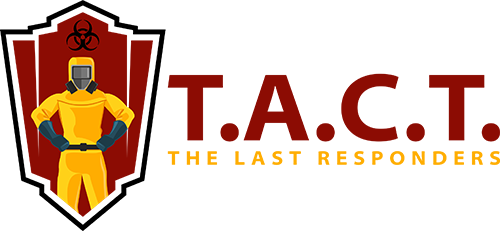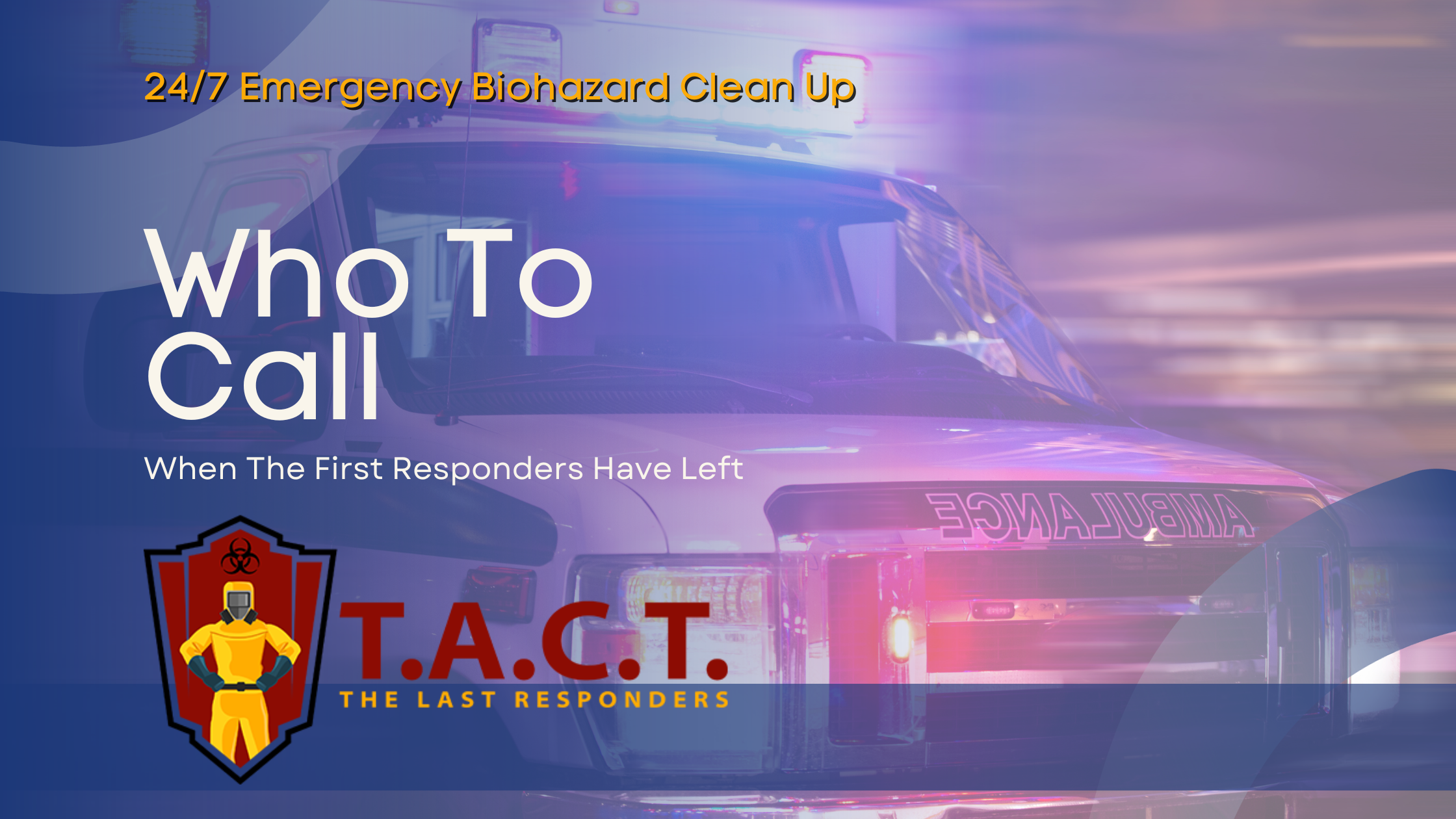Essential Guide to Mold Removal & Inspection
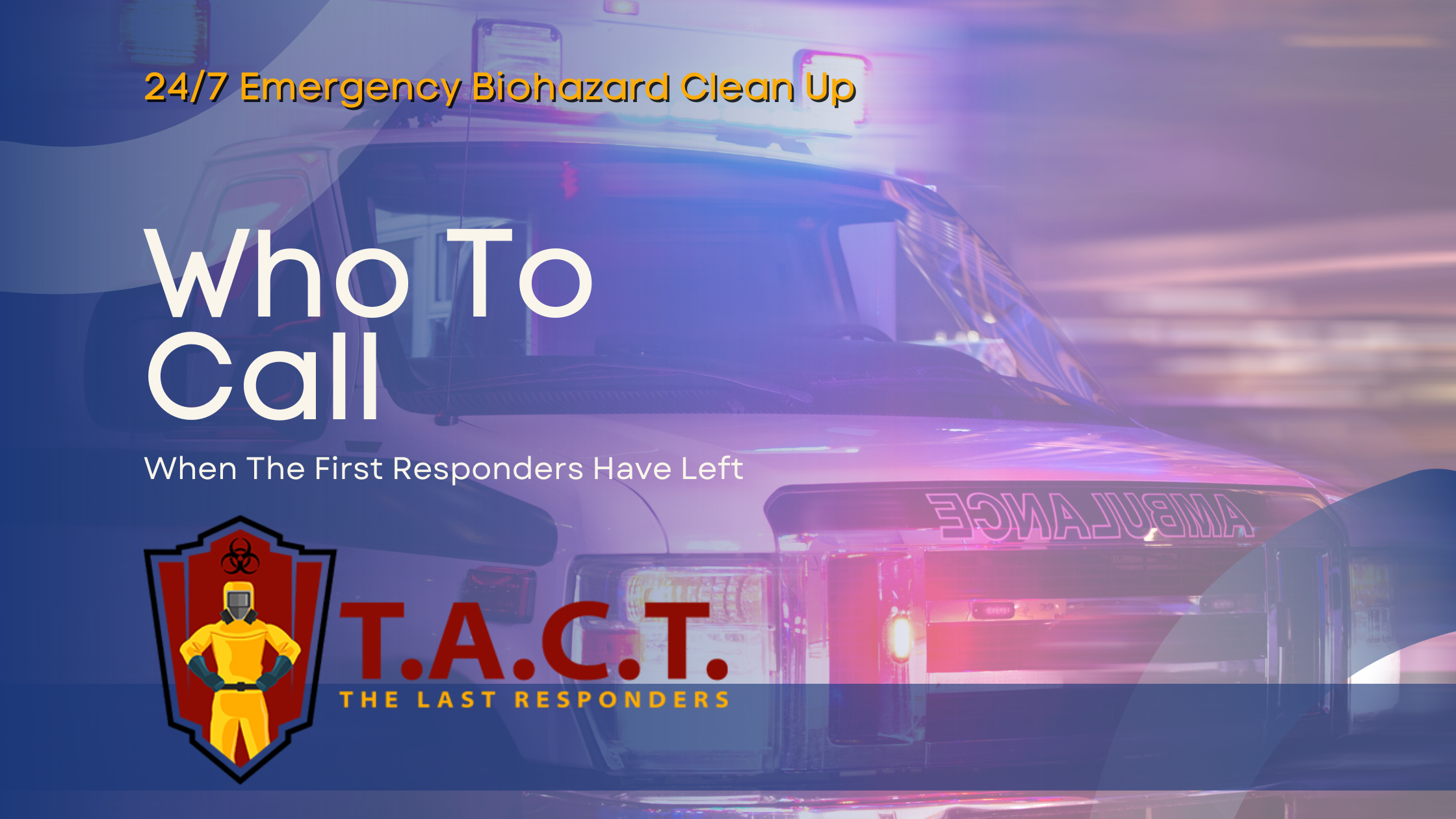
Essential Guide to Mold Removal Inspection: What You Need to Know
Mold is more than just an unpleasant sight or smell—it can pose serious health risks and cause long-term damage to your property. Whether you're a homeowner, landlord, or property manager, understanding the process of mold removal and inspection is essential to create a safe, healthy environment.
This guide will walk you through everything you need to know about mold growth, the inspection and remediation process, and how to prevent mold from making a return.
Understanding Mold Growth
What is Mold and How Does it Grow?
Mold is a type of fungus that thrives in damp, humid environments. It feeds on organic materials such as wood, paper, and even food, rapidly multiplying when moisture is present. Mold spores, which are microscopic and airborne, are present everywhere. However, they only grow and turn into visible mold colonies when they come into contact with sufficient moisture and an organic surface.
Key contributors to mold growth include:
- High indoor humidity (above 60% relative humidity)
- Plumbing leaks or water damage
- Poor ventilation
- Condensation on walls and windows
Identifying and addressing these conditions is critical to reducing the risk of mold infestations.
The Importance of Mold Remediation
Mold isn’t just a nuisance—it can have detrimental effects on both health and property. Here’s why timely mold remediation is essential:
Health Risks
- Mold exposure can provoke respiratory issues, allergies, and skin irritation.
- For individuals with asthma, allergies, or immune-related conditions, mold exposure can be particularly harmful and may exacerbate existing health challenges.
Structural Damage
- Mold deteriorates building materials, such as wood and drywall, weakening your home's structural integrity.
- Left untreated, mold growth can necessitate costly repairs—or even lead to structural collapse in severe cases.
By addressing mold early, you can protect both the health of your household and the value of your property.
The Mold Inspection Process
What Does the Mold Inspection Process Include?
A professional mold inspection involves a thorough examination of your property to identify potential mold infestations and pinpoint their sources. Here’s what you can expect during this process:
- Visual Inspection: Trained professionals inspect your home for visible mold and signs of excess moisture.
- Advanced Equipment: Tools like moisture meters and infrared thermal imaging are used to detect hidden mold that may be out of sight.
- Source Identification: A key part of the process is identifying the source of moisture fueling the mold, such as leaks or poor ventilation.
Mold Inspection Reports
Once the inspection is complete, you'll receive a detailed report summarizing:
- Areas impacted by mold growth
- Recommendations for further testing or repairs
- Suggestions for maintaining lower moisture levels to prevent future mold growth
These reports provide a roadmap for addressing mold issues efficiently and proactively.
Identifying Mold in Residential Properties
Common Areas We Inspect for Mold
Mold can grow anywhere moisture is present, but some areas are more susceptible than others. Our team pays special attention to:
- Bathrooms and Kitchens: These spaces often experience elevated humidity and water spills.
- Basements and Crawlspaces: Poor ventilation and high humidity levels make these areas mold hotspots.
- Behind Walls and Under Flooring: Mold can remain hidden in these areas long after a water event, going undetected for months.
- Poorly Ventilated Spaces: Closets, attics, or areas with limited airflow can become breeding grounds for mold.
If you suspect mold in your home, getting an expert inspection is crucial before the problem spreads.
The Dangers of Mold Exposure
Health Risks
Mold exposure can result in symptoms like coughing, sneezing, runny nose, and even skin irritation. Those with pre-existing conditions such as asthma, allergies, or compromised immune systems are at greater risk of severe reactions.
Structural Damage
Mold weakens materials like drywall and wood, diminishing the structural integrity of your home. Beyond walls and beams, mold can also destroy personal belongings like furniture and clothing.
Mold Remediation and Removal
The Remediation Process
A proper mold remediation strategy involves pinpointing the source of the moisture and eliminating the mold growth at the root. Here’s how professionals typically manage the process:
- Assessment: Identify moisture issues and the extent of the mold growth.
- Containment: Section off the affected area to prevent mold spores from spreading to other parts of the house.
- Removal: Use specialized techniques and solutions to remove visible mold while ensuring spores do not release into the air.
- Sanitization: Clean and disinfect all affected surfaces to eliminate lingering spores.
Containing Mold Spores
Preventing cross-contamination during mold removal is critical. Professionals use:
- Plastic sheeting and air-tight seals to restrict mold to the affected area.
- HEPA vacuums and air scrubbers to trap microscopic mold spores and improve air quality.
This ensures that the rest of your home remains clean and safe during the remediation process.
Advanced Mold Remediation Techniques
Our team employs advanced technology to tackle even the most challenging mold problems. For example:
- Moisture meters detect hidden water sources.
- Infrared thermal imaging identifies mold lurking behind walls.
- Dehumidifiers and air movers ensure that surfaces dry thoroughly, eliminating the conditions mold needs to regrow.
By utilizing these tools, we ensure mold is removed and kept from returning.
Choosing a Mold Remediation Professional
When selecting a mold remediation company, it’s essential to look for the following:
- Experience & Expertise: Choose a team with a solid track record in handling mold removal.
- Certifications & Insurance: Verify that the company holds relevant industry certifications and insurance coverage.
- Transparent Processes: Ask about their remediation techniques and equipment to ensure they follow industry best practices.
- References & Reviews: Check online reviews and seek recommendations from trusted sources.
Hiring the right professionals can make all the difference in resolving mold issues effectively and safely.
Mold Prevention and Maintenance
Tips for Preventing Mold Growth
Maintaining a mold-free home requires proactive steps to control moisture. Follow these tips:
- Fix plumbing leaks or any water intrusion immediately.
- Use a dehumidifier to keep humidity levels between 30% and 50%.
- Ensure proper ventilation in high-moisture areas, such as bathrooms and kitchens.
- Regularly clean and disinfect surfaces prone to dampness, like shower tiles and grout.
By addressing moisture issues early, you can prevent mold from becoming a recurring issue.
Mold Inspection vs. Mold Testing
Wondering if mold testing is necessary? Here are a few scenarios where it’s strongly recommended:
- If you notice a persistent moldy smell but can’t see visible mold.
- After plumbing leaks or water damage, even if no mold is immediately visible.
- Following mold remediation, to confirm that the issue has been resolved.
Testing ensures peace of mind and verifies the effectiveness of mold removal efforts.
Protect Your Home and Health Today
Mold can wreak havoc on your property and your well-being if left unattended. Whether it’s identifying hidden infestations or ensuring complete removal, acting now can save you from serious problems down the road.
If you're dealing with mold concerns or simply want peace of mind, schedule a mold inspection with our professional team today. We’re here to help you safeguard your home and health with tailored solutions that work.
Latest news
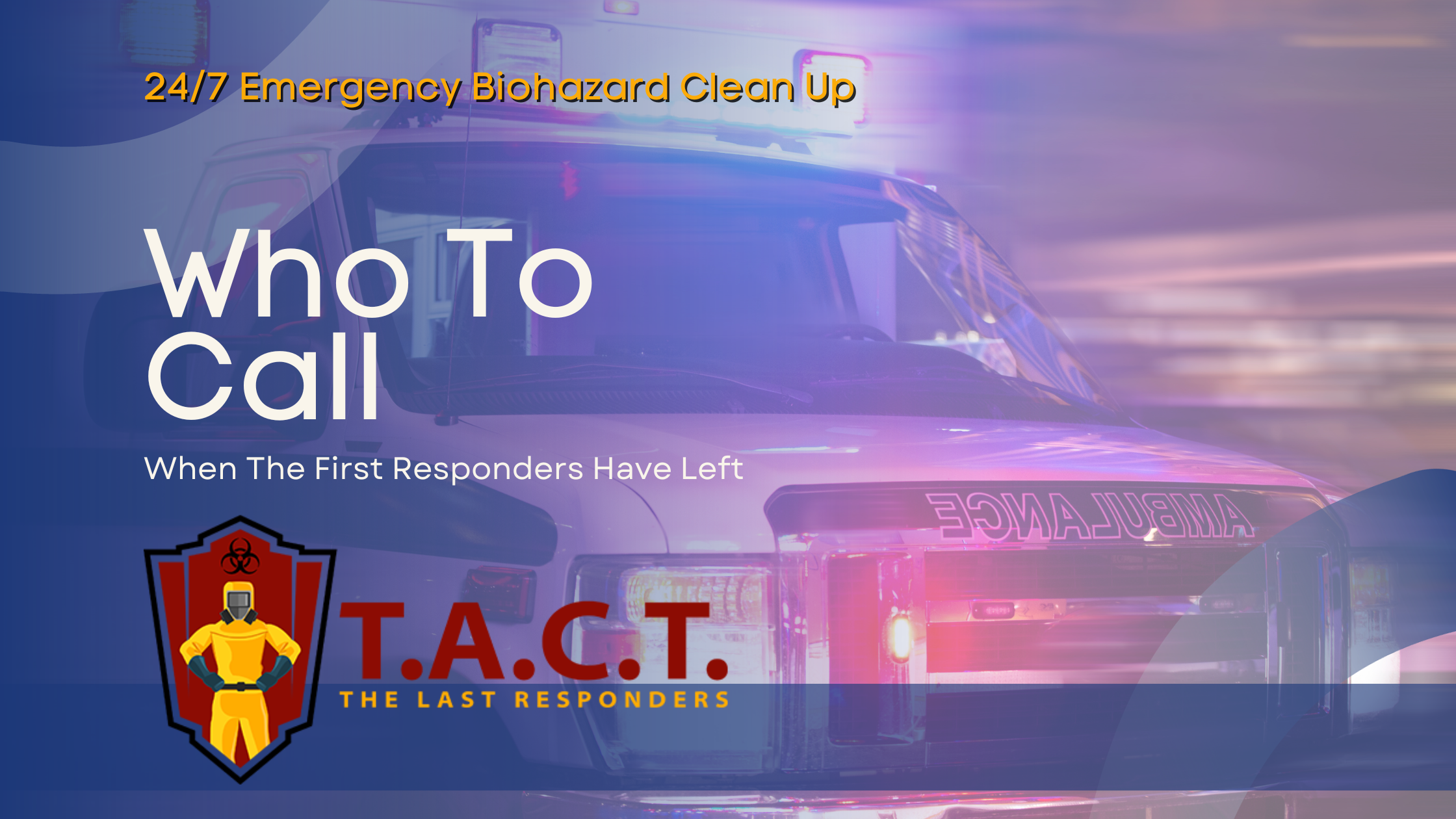
Bio Cleaning Services
Read More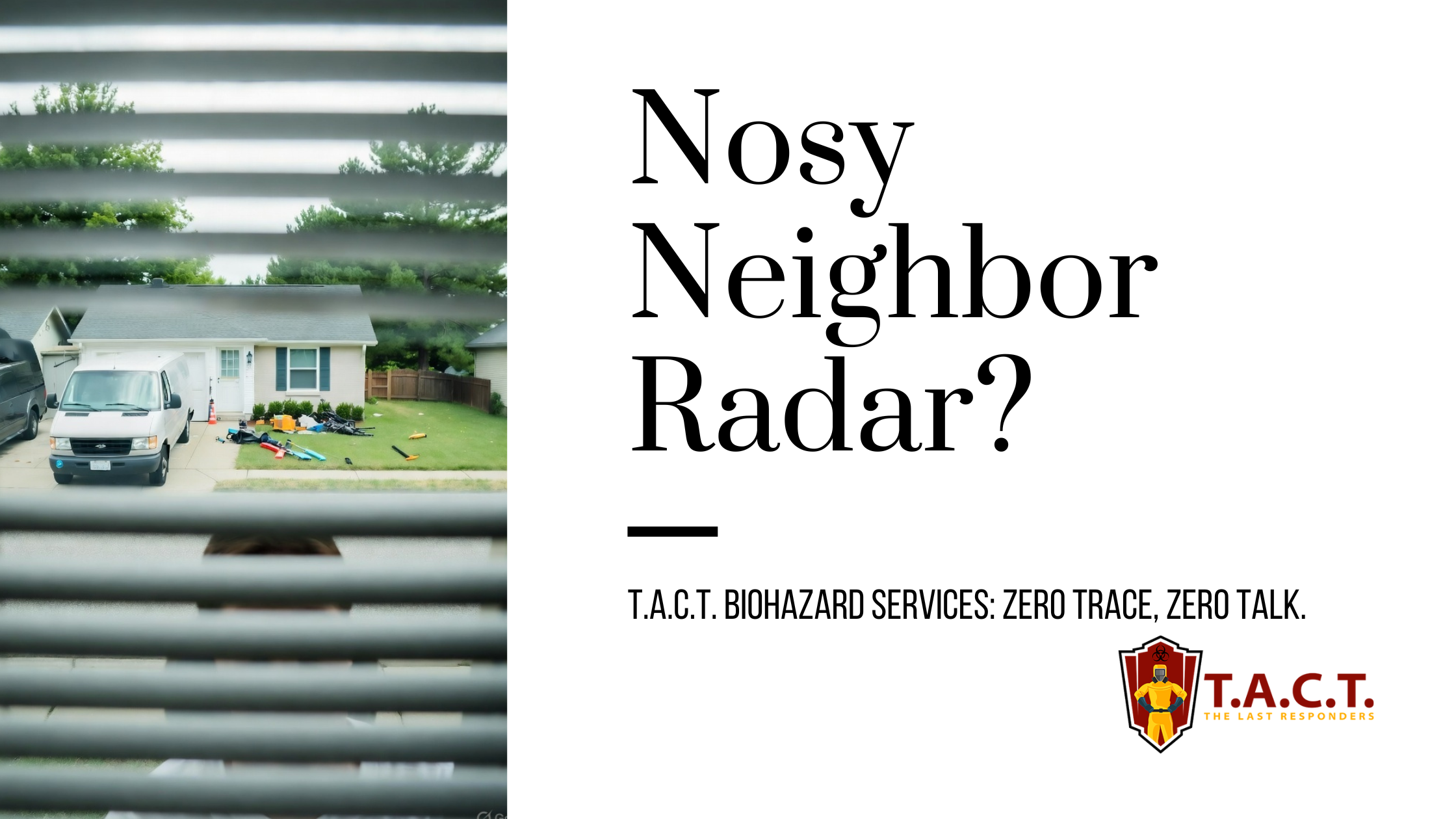
Nosy neighbors peeking? T.A.C.T. North Atlanta offers discreet biohazard remediation for rodent infestations, mold, hoarding, and more. Unmarked vehicles, quiet experts, full privacy—24/7 service at 470-781-4775.
Read More